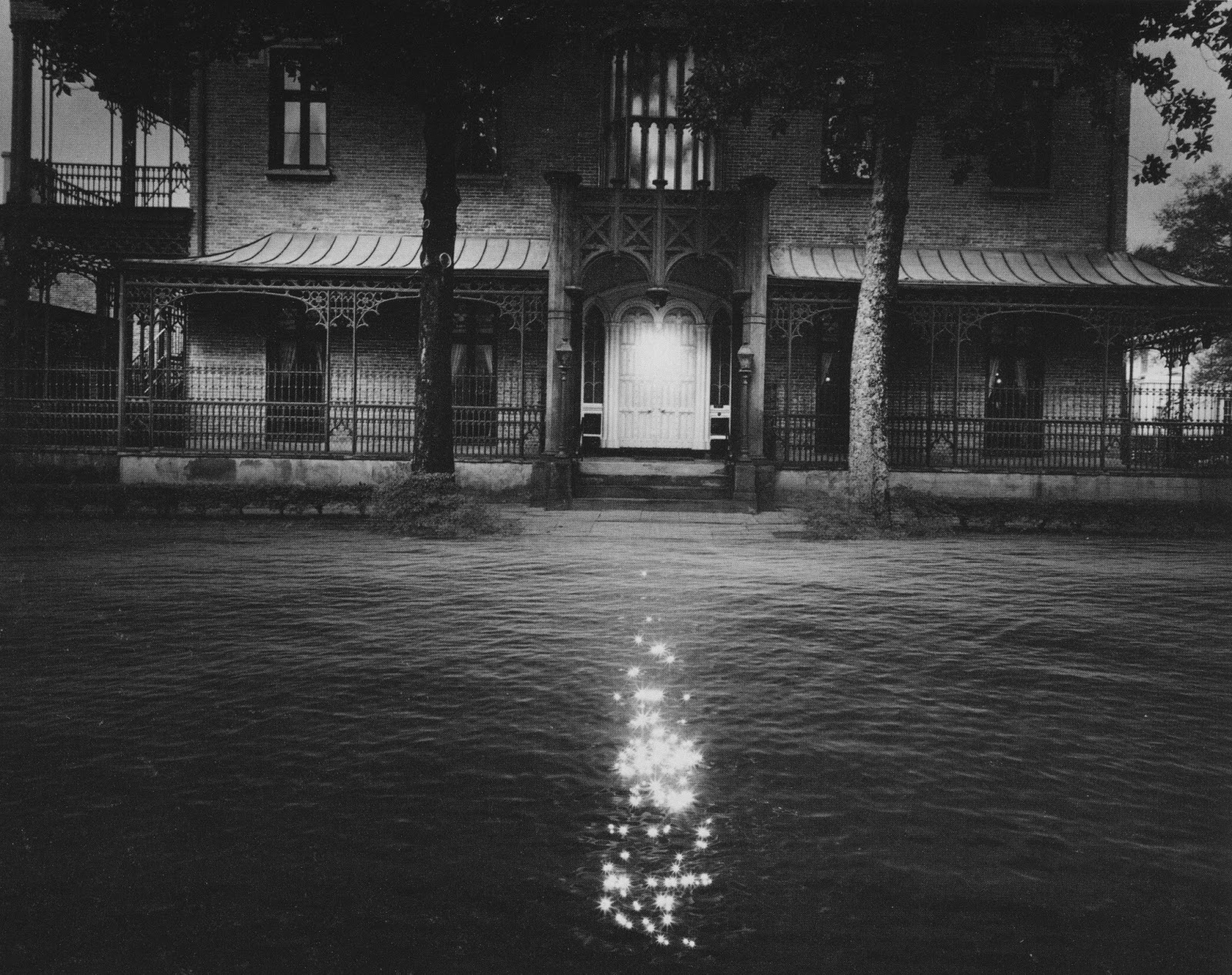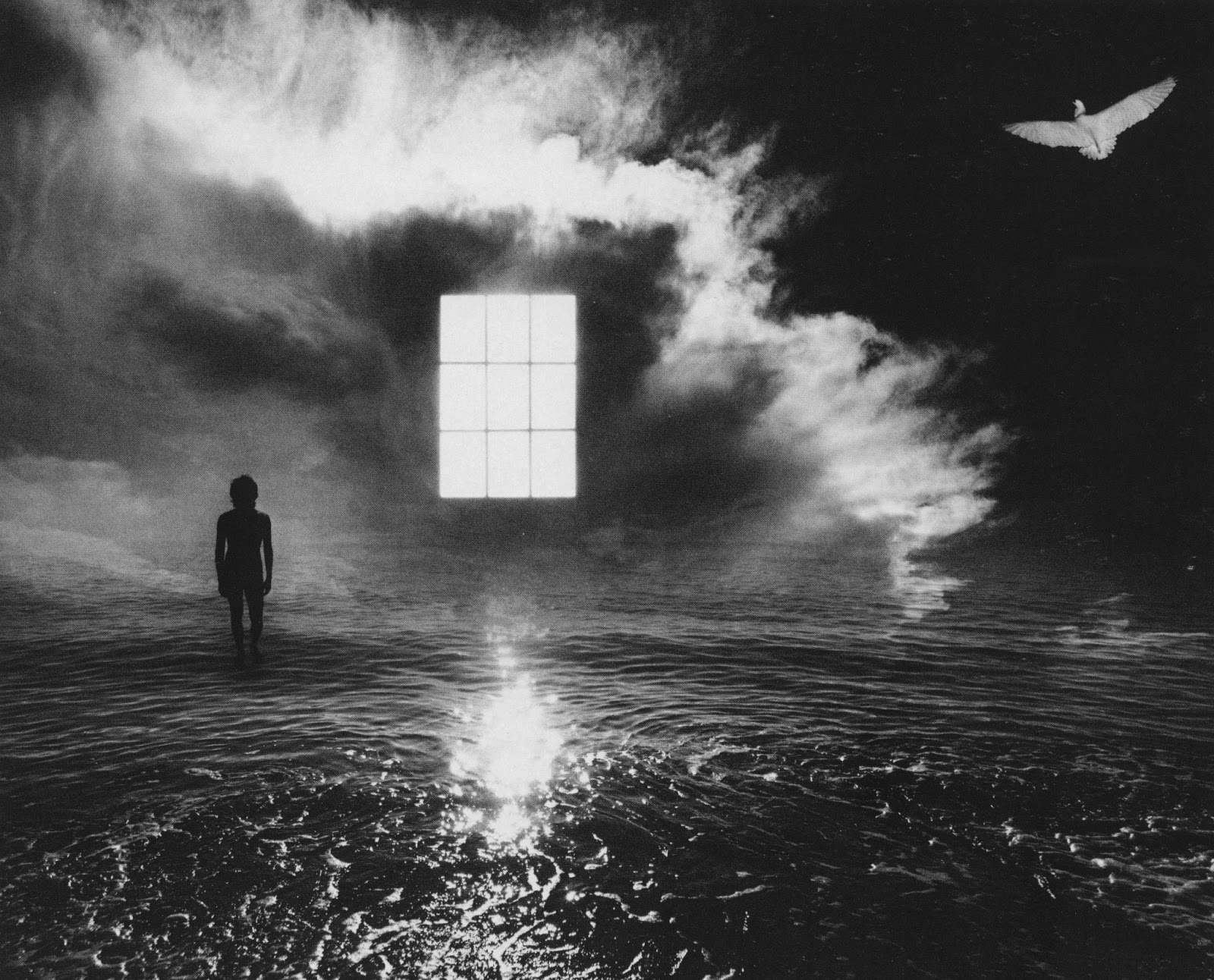Wednesday, November 13, 2013
Tuesday, July 9, 2013
Pentax K-5
Recently got a new camera. The Pentax K-5. I really like this camera.
Here is a short review of the Pentax K-5
It's so much better than the K-X. I was able to get it only because of my tax return. That may give you an idea of how much it cost at the time i got it. Prices are always dropping on cameras though. My K-X that i bought for $700 bucks is only worth about $300 after two years. oh well.
Thursday, March 28, 2013
Emergency kitty help!
On Sunday March 24th Blue was hit by a car. The injuries he sustained were a broken ball joint on his hip, a broken femur on the other back leg, and many lacerations. Once again we have a hit and run victim to care for. We have paid for what we could for the worst part of the surgery but one of his legs is still in need of repair. The surgery for the second leg that is broken above the right knee needs to be pinned back together. The estimated cost of this surgery is beyond our means. Any and all help would be greatly appreciated. The surgery is estimated to cost around $800. Please donate what you can if you can.
Tuesday, March 19, 2013
Final Photos From My 3rd Photo Project Including Artist Statement
Artist
Statement
We all view the world in our walks of life
in a hurry while the world speeds by us in a flurry. We are bombarded
with sensory from every angle from the moment we wake until we sleep
and seldom get the time to notice the little things.
As a
photographer I believe in taking in my surroundings and pulling from
it the easily overlooked pieces of beauty seldom seen and often
overlooked. I submerge myself into my surroundings and let them
saturate my memories. Then I pick them apart and search for my
definition of fascination. Something there in the corner of my eye
that tried to elude notice must not escape. You see, the faster you
move the more fleeting an instant becomes and oh so much more arduous
to ensnare. In order to capture a moment in time you must be able to
capture something that does not want to be caught. Time halts for
nobody but the photographer that is mindfully ready and equipped with
a trap specifically designed to apprehend the moment as it passes at
the speed of light.
My
choice of subject for this project was sharp edges and corners. The
very idea that everything has an edge intrigues me. Most of these
edges are hard angled and abrupt when it comes to man made objects
but nature tends to have a more “natural” way of doing these
things. I focused on the lines that we as people draw with such stark
contrast when we create. It was no surprise to find that I was
overwhelmed with the amount of acute boundaries we put fourth in our
lives. As humans we learn to understand that all things end. We all
live with it and accept it as fact. We know it so well that we find
ourselves obsessed with the concept to the point of putting it into
everything we design. ...And why wouldn't we? It is, in the end, the
very same way we were designed.
Friday, March 8, 2013
PCC Photography Zine Submissions
FOCUSED_PCC ZINE
This is a print and web zine that PCC puts out every year with work from student photographers.
As a photography student at PCC we can choose 5 photos that we have taken over the time that we have been in photography class/classes at PCC. They then review all of them and decide who makes the cut.
It took me some time to paw through the hundreds of photos that i have taken over the course of two photography classes but i have found the 5 that i have chosen to submit.
Here are the 5 that i have chosen for submission.
Wish me luck.
This is a print and web zine that PCC puts out every year with work from student photographers.
As a photography student at PCC we can choose 5 photos that we have taken over the time that we have been in photography class/classes at PCC. They then review all of them and decide who makes the cut.
It took me some time to paw through the hundreds of photos that i have taken over the course of two photography classes but i have found the 5 that i have chosen to submit.
Here are the 5 that i have chosen for submission.
Wish me luck.
Monday, March 4, 2013
What's In A Dream
Jerry Uelsmann is a contemporary photographer that uses composites of several photos to obtain dream-like imagery in black and white. The technique that he uses to achieve his composite images is completely done with a dark room and multiple negatives. Uelsmann pulls from hundreds of negatives that he has photographed and kept throughout his career as a photographer to put together his finished images.
Uelsmann got interested in photography at the age of 14 while attending public school in 1948(Jerry Uelsmann). From an interview with Shutterbug, Uelsmann speaks of starting photography as a part time wedding photographer in high school and how photography was viewed as more of a hobby saying “Photography as art had just not received a lot of acceptance” He also states in the same interview that when he first started his composites as a graduate student that “...people questioned if my work was really even photography” saying such things as, “It's very, very interesting, but it's not photography”(Master Interview; Jerry Uelsmann | Shutterbug). From 1955 to 1960 he attended college at Rochesters Institute of Technology earning a B.F.A. and an M.A., then finally a master degree in fine arts from the University of Indiana (Jerry Uelsmann). He then went on to become a teacher for photography at the University of Forida in 1960. He has now since retired. “Uelsmann’s work has been exhibited in more than 100 individual shows in the United States and abroad over the past thirty years”(BIOGRAPHY). He has also been published in hundreds of articles, books, and magazines. One of these publications is Uelsmann, Process and Perception.
This book contains images from a small portfolio of his works from 1980-1985, none of which are titled, only dated. In the first chapter in this book called “Techniques” Uelsmann describes his process when approaching his works and refers to his darkroom “as a visual research laboratory”. He uses upwards to eight enlargers to set up a sort of one man factory and will put out around 150 finished images in one setting. He then comes away with roughly fifteen that he feels satisfied enough with to keep (Uelsmann).
In many ways this process is a lot like our dreams, beings that in one night you may have several dreams, forgetting most of them and only being able to remember minor fleeting impressions of what they were when you wake. So, in this sense, the dreams you forget are the ones he nonchalantly tosses away and the dreams you recall are the ones he ends up keeping and sharing with the world. What's in a dream? I am more than certain Jerry Uelsmann would like to show you.
 |
Works Cited
"Jerry Uelsmann." Wikipedia. Wikimedia Foundation, 20 Feb. 2013. Web. 26 Feb. 2013.
"BIOGRAPHY."Jerry Uelsmann : About. N.p., n.d. Web. 26 Feb. 2013.
Uelsmann, Jerry, and John Michael Ames. Uelsmann: Process and Perception : Photographs and Commentary. Gainesville: Universityes of Florida, 1985. Print.
"Master Interview; Jerry Uelsmann | Shutterbug."Master Interview; Jerry Uelsmann | Shutterbug. N.p., n.d. Web. 26 Feb. 2013.
Thursday, February 28, 2013
INTERVENE
Here is a link to Time Magazine: Light Box
LIGHT BOX
I was looking at an article on here this morning that was a perspective about the ethical place of a photographer. The question was if a photographer should intervene when they are witnesses to violence. Look Here INTERVENE
My personal opinion on this matter is a simple one. If you don't have the means or training on how to deal with situations that have elevated to violence DO NOT intervene or you will most likely also become a victim.
You may one day find yourself in a situation where something of this nature happens around you and your lens may become the best weapon that you have.
Be safe. Be invisible.
LIGHT BOX
I was looking at an article on here this morning that was a perspective about the ethical place of a photographer. The question was if a photographer should intervene when they are witnesses to violence. Look Here INTERVENE
My personal opinion on this matter is a simple one. If you don't have the means or training on how to deal with situations that have elevated to violence DO NOT intervene or you will most likely also become a victim.
You may one day find yourself in a situation where something of this nature happens around you and your lens may become the best weapon that you have.
Be safe. Be invisible.
Friday, February 22, 2013
A couple that i liked from photography class, CopyCat assignment.
These are done for an assignment that i had for my digital photography class at PCC. It was a lame attempt at trying to mimic are truly amazing photographer and artist of his craft, Jerry Uelsmann.
Mind you everything i did was with digital and Photoshop. Jerry accomplishes this by the means of darkroom only. Click his name and pay homage to the master.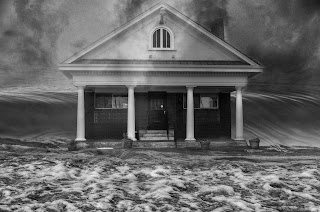
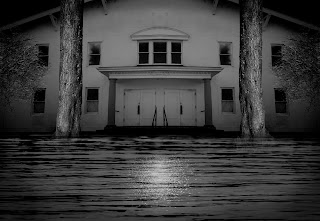
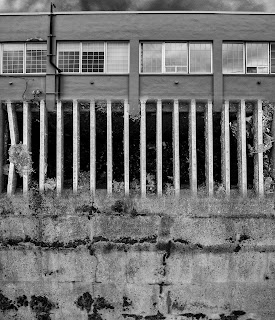
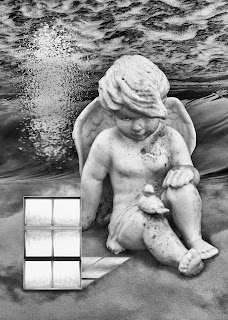
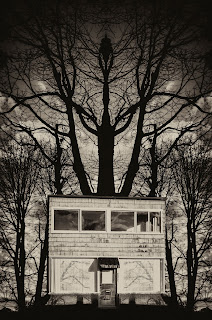
Mind you everything i did was with digital and Photoshop. Jerry accomplishes this by the means of darkroom only. Click his name and pay homage to the master.





HDR Toning
If you have a fancy camera you may have the ability to take an HDR photo with a setting included but it isn't needed because you can do this manually on your own. HDR, stands for High Dynamic Range. In short, the camera takes three images of the same shot (tripod most likely needed) with each shot being bracketed, one normal, one +1, and the other -1, to make 3 EV steps and then merges them with software on your camera. This method can be achieved manually also by taking the shots bracketed and then merging them in Photoshop with their cool little HDR software later. It's a nifty little effect and always leaves people scratching their heads, wondering, "how did you do that?" Well, since we all have digital cameras that can take endless amounts of photos i figure, what's stopping you from trying?
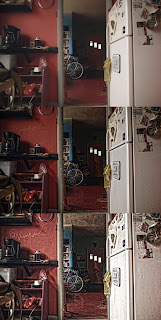
This is several steps using Photoshop6. Each step i brought out more range of the HDR photo trying to achieve a surreal, almost cartoon, kind of look.
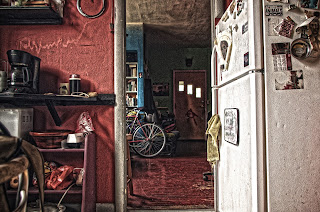
This is the completed photo. Here is a link to a short YouTube tutorial on the subject. YouTube Tutorial for Photoshop

This is several steps using Photoshop6. Each step i brought out more range of the HDR photo trying to achieve a surreal, almost cartoon, kind of look.

This is the completed photo. Here is a link to a short YouTube tutorial on the subject. YouTube Tutorial for Photoshop
Brenizer Method
Today i would like to bring to your attention a photography method only able to be achieved because of modern technology. It's called the Brenizer Method.
What this technique makes possible with our cameras is shallow depth of field but with a wider field of view using multiple images stitched together in Photoshop. Essentially it is a panorama but the background will be out of focus because of the shallow depth of field.
1) With a wide aperture set, take multiple pictures of your subject/s starting from the center and moving outward.
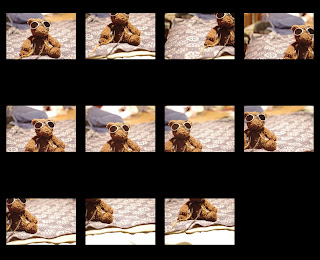
Here i used a teddy bear as my subject just to keep it simple. I don't have the time to screen capture the whole process of stitching images in Photoshop so at the end of this post i will have a YouTube video tutorial link available for you to view.
2) Stitch the photos in Photoshop and adjust your image to your liking. The photomerge in Photoshop is found under, File>Automate>Photomerge.
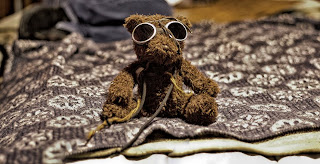
At first glance it doesn't look like much has changed but this image would not have been possible without this technique. Follow this link to view a short photoshop tutorial on the subject if you like what you see.
BRENIZER METHOD TUTORIAL
Today i would like to bring to your attention a photography method only able to be achieved because of modern technology. It's called the Brenizer Method.
What this technique makes possible with our cameras is shallow depth of field but with a wider field of view using multiple images stitched together in Photoshop. Essentially it is a panorama but the background will be out of focus because of the shallow depth of field.
1) With a wide aperture set, take multiple pictures of your subject/s starting from the center and moving outward.

Here i used a teddy bear as my subject just to keep it simple. I don't have the time to screen capture the whole process of stitching images in Photoshop so at the end of this post i will have a YouTube video tutorial link available for you to view.
2) Stitch the photos in Photoshop and adjust your image to your liking. The photomerge in Photoshop is found under, File>Automate>Photomerge.

At first glance it doesn't look like much has changed but this image would not have been possible without this technique. Follow this link to view a short photoshop tutorial on the subject if you like what you see.
BRENIZER METHOD TUTORIAL
All The Things...
I have decided to start making this blog about more than just Nostalgia (our band) and start to just make it about everything i do also.
I have so many things that i have been doing that i would like to share. Painting, drawing, music, and photography are some of these things that i would like to start to share on Light Year Mind Theory.
Keep your eyes peeled and your ears pealed.
I have so many things that i have been doing that i would like to share. Painting, drawing, music, and photography are some of these things that i would like to start to share on Light Year Mind Theory.
Keep your eyes peeled and your ears pealed.
Friday, January 18, 2013
It's been quite a while since we have posted on this blog.
I will try to be more on top of it in the future.
Blogs have to become a habit to be part of your normal rotation of the internet.
Nostalgia has been writing more music and should have some new ones by the next show we play.
We will be playing for Mini Bike Winter. Details soon.
Subscribe to:
Comments (Atom)

.jpg)


















